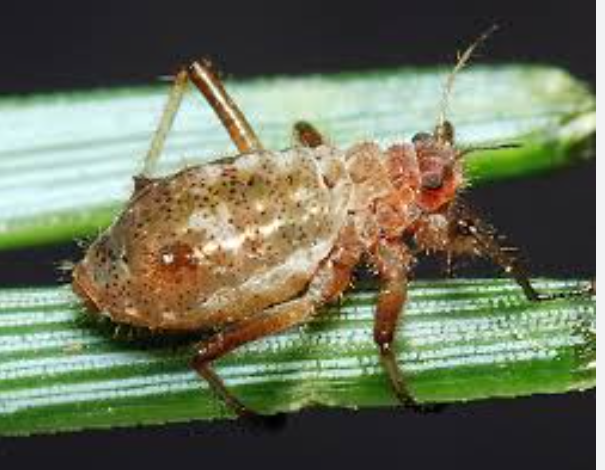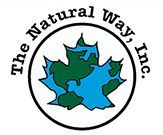Fall Alert: Conifer Aphids Are on the Move!
Now is the ideal time to spray and protect your evergreens
What Are Conifer Aphids?
Conifer aphids thrive in cooler fall temperatures. Populations can grow fast—females are born pregnant after the first-generation males die off, which is why outbreaks can seem sudden and populations can increase exponentially.
How They Damage Your Trees
These aphids pierce needles with tiny, needle-like mouthparts to suck out nutrients. That feeding causes lesions on pine needles, reducing photosynthesis and disrupting the tree’s vascular flow. Damaged needles are shed prematurely, leading to thinning interiors and overall decline.
- Premature needle drop and thinning
- Sticky honeydew and sometimes sooty mold
- Reduced energy reserves going into winter
- Lesions can be an entry point for foliar diseases
Why Treat in Fall?
Fall is when these insects thrive, although they can be problematic in Spring too. Treating now keeps evergreens dense and healthy through winter and prevents population spikes that are harder to manage later.
What to Look For
- Sticky residue (honeydew) on needles and branches
- Dark sooty mold on interior needles
- Noticeable thinning, especially inside the canopy
Schedule Your Aphid Spray
Seeing sticky residue, thinning needles, or discoloration on your pines? Now is the time to act.
→ Schedule your fall aphid treatment today.


Share On: